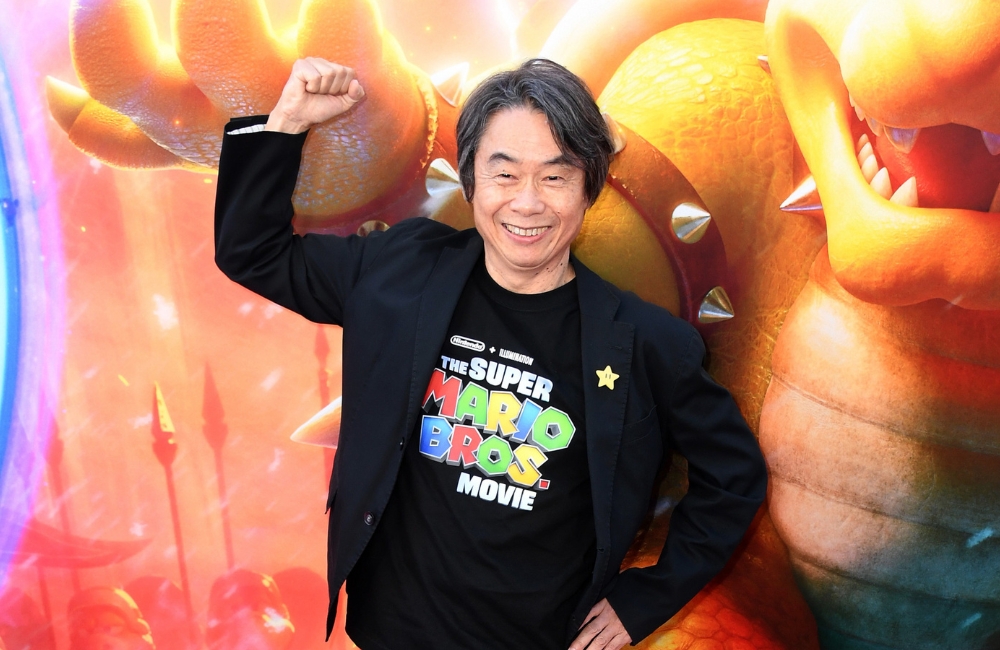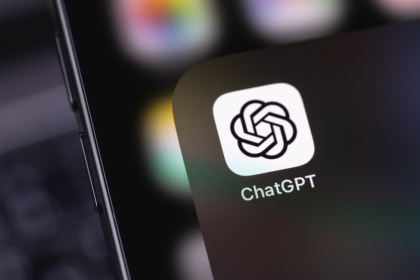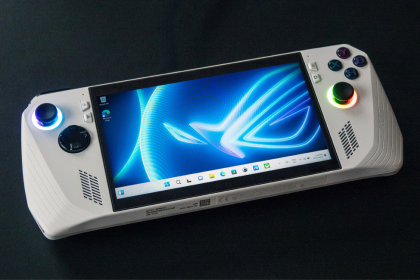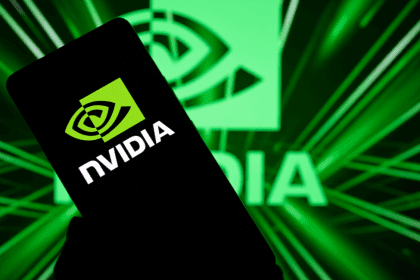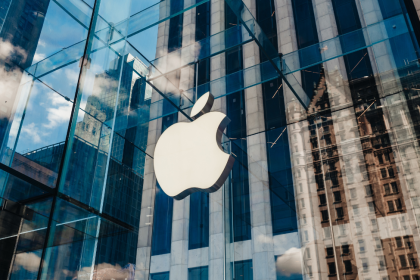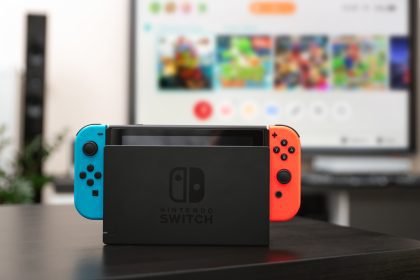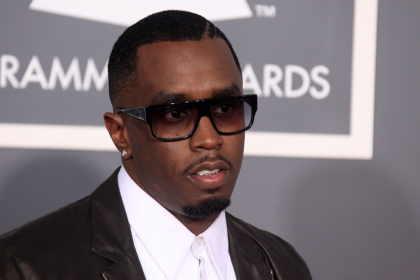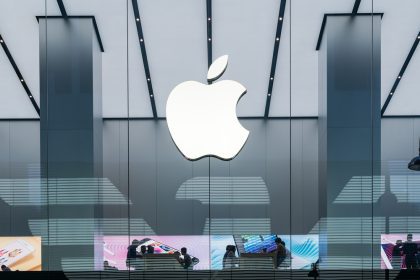In an era where artificial intelligence dominates headlines and boardroom discussions, Nintendo‘s creative mastermind Shigeru Miyamoto is charting a decidedly different course. The legendary game designer — known for birthing iconic franchises like “Super Mario Bros.” and “The Legend of Zelda” — recently shared his thoughts on the industry’s AI obsession and Nintendo’s unique approach to innovation.
Speaking to The New York Times, Miyamoto didn’t mince words about the company’s stance on the AI trend sweeping through the gaming world.
“It might seem like we are just going the opposite direction for the sake of going in the opposite direction, but it really is trying to find what makes Nintendo special,” he explained. This philosophy, deeply rooted in Nintendo’s DNA, has been a driving force behind the company’s success for decades.
While tech giants and rival game developers pour resources into machine learning and AI-driven experiences, Nintendo remains steadfast in its commitment to human-centric game design. Miyamoto’s comments reflect a broader strategy that has long set the Kyoto-based company apart from its competitors.
“There is a lot of talk about AI, for example,” he noted. “When that happens, everyone starts to go in the same direction, but that is where Nintendo would rather go in a different direction.”
This contrarian approach isn’t new for Nintendo. Since its inception as a playing card company in 1889, the firm has consistently zigged when others zagged. Under the leadership of Hiroshi Yamauchi, who took the reins in 1949 and steered the company into the electronic gaming space, Nintendo cultivated a culture of originality that persists to this day.
Miyamoto, who joined Nintendo in 1977 as an artist and quickly rose through the ranks to become one of the most influential figures in gaming history, carries on Yamauchi’s legacy.
“Mr. Yamauchi back in the day would tell us that we are not good at fighting: ‘We are weak – so don’t go picking fights with other companies,’ ” Miyamoto recounted the former president’s advice. This self-awareness has paradoxically become Nintendo’s strength, pushing the company to innovate rather than imitate.
The gaming industry’s current AI fixation presents both opportunities and challenges. While AI can potentially streamline development processes, enhance graphics and create more responsive game worlds, it also raises questions about the role of human creativity in game design. Nintendo’s stance suggests a belief that the heart of a great game lies not in algorithmic precision, but in the ineffable quality of fun.
Miyamoto’s creative process, as he describes it, is refreshingly straightforward and almost child-like in its purity.
“I actually don’t know why I create the things I create,” he admitted. “I’m just having fun and that is what drives me.”
This simple yet profound approach has resulted in some of the most beloved and enduring franchises in gaming history.
The success of Nintendo’s strategy is evident in its recent performances. Despite facing stiff competition from technologically advanced consoles like the PlayStation 5 and Xbox Series X, the Nintendo Switch continues to be a top seller. Its unique hybrid design and focus on innovative gameplay mechanics rather than cutting-edge graphics have resonated with a broad audience.
Moreover, Nintendo‘s first-party titles — many of which bear Miyamoto’s creative fingerprints — consistently rank among the best-selling and highest-rated games across all platforms. This success underscores the enduring appeal of Nintendo’s design philosophy, which prioritizes intuitive controls, charming aesthetics and above all fun.
As the gaming industry grapples with the implications of AI and machine learning, Nintendo’s approach serves as a reminder that technology should enhance rather than replace human creativity. By focusing on what makes games inherently enjoyable and fostering a culture of originality, Nintendo continues to carve out its own unique space in the gaming landscape.
The company’s willingness to buck trends and follow its own path has not always been smooth sailing. Nintendo has faced criticism for being slow to adopt online gaming features and for its conservative approach to mobile gaming. However, these perceived weaknesses have often turned into strengths, as the company finds innovative ways to implement new technologies on its own terms.
As the industry races towards an AI-driven future, Nintendo’s human-centric approach to game design offers a compelling alternative. Miyamoto and his team continue to prove that in the world of entertainment, the most advanced algorithm is no match for the simple joy of play.
In an age where the lines between reality and virtual worlds are increasingly blurred, Nintendo’s commitment to tangible, tactile fun feels both refreshingly old-school and daringly innovative. As Miyamoto and his team continue to chart their own course, gamers around the world eagerly await the next surprise from this unpredictable and beloved company.
The gaming world will be watching closely to see how Nintendo’s maverick approach fares in the face of rapid technological advancements. If history is any indication, the house that Mario built will continue to defy expectations and redefine what it means to play in the digital age.

